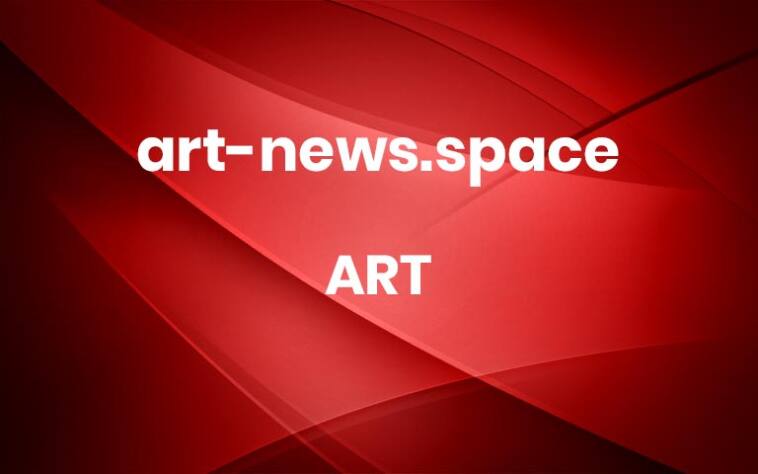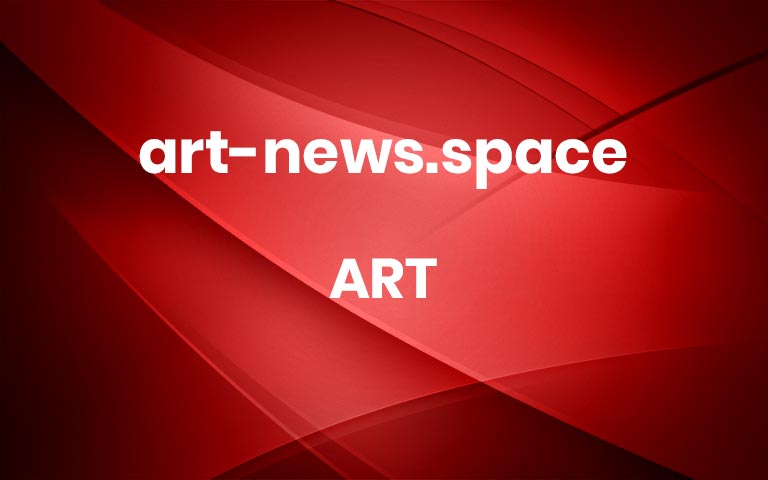“Sonic Intermediates – Triad Walker Trinity” (2020), powder-coated steel and handles, casters, nickel and brass-plated bells, metal rings, plastic twine, turbine vents, artificial plants, pine cones, and foam. Photo by Nick Ash. Image courtesy of kurimanzutto, Mexico City / New York. All images courtesy of the artist, shared with permission
Folk Traditions, Quotidian Items, and Spiritual Symbolism Merge in Haegue Yang’s Sensory Sculptures
March 6, 2025
Art
Kate Mothes
Share
Pin
Email
Bookmark
“Abstraction is not a…simplified way of thinking: it’s a leap—a leap into a dimension that cannot otherwise be understood,” says Haegue Yang, whose multimedia installations and sculptures explore a wide array of material associations, immersing the senses. Series such as Light Sculptures and Sonic Sculptures defy genres, often combining ready-made, mass-produced items with industrially created substances.
At the Nasher Sculpture Center in Dallas, Yang’s solo exhibition Lost Lands and Sunken Fields engages viewers in a “dialectic of contrasts: light and dark, aerial and grounded, buoyant and heavy, spare and dense, interior and exterior,” a statement says. The show follows the artist’s first major survey in the U.K. at London’s Hayward Gallery, which embarked on a collage-forward celebration of work created during the past 20 years.
“Frosted Scales Mermaid Queen – Mesmerizing Mesh #218” (2023), Hanji, washi, and origami paper on alu-dibond, framed, 24 3/8 x 24 3/8 inches. Image courtesy of kurimanzutto, Mexico City / New York
Working between Seoul and Berlin, Yang hybridizes folk customs and craftsmanship, everyday items, and vernacular techniques in pieces that combine sculpture, installation, collage, text, video, wallpaper, and sound. “Sonic Intermediates – Triad Walker Trinity,” for example, coats steel frames in tiny bells, metal rings, plastic twine, and more, which evoke vaguely animalistic forms that move around on casters.
Time and geography collapse in an abstracted visual language that merges the modern and the pre-modern, art history and literature, and themes of displacement, migration, forced exile, and global diasporas. Her works “link various geopolitical contexts and histories in an attempt to understand and comment on our own time,” says a statement from kurimanzutto, which represents the artist.
The gallery also presents a concurrent exhibition titled Arcane Abstractions, including two-dimensional collage works complemented by an archival display of pieces by Mexican artisans. Yang continues to investigate cultural heritage and ritualistic symbolism through materials as she forwards “a proposal to live our lives today with a holistic view of mobility and technology, respect for spirituality, as well as contemplation on the resilient adaptability of both nature and humans,” says a statement.
Arcane Abstractions continues through April 5 in Mexico City, and Lost Lands and Sunken Fields runs through April 27 in Dallas.
“Airborne Paper Creatures – Flutterers” (2025), birch plywood, wood stain, stainless steel components, Hanji, washi, origami paper, marbled paper, honeycomb paper balls, beads, metal bells, plastic crown flowers, parandy, Punjabi earrings and ornaments, stainless steel chains, split rings, steel wire ropes, and swivels, 47 3/4 x 22 x 25 1/2 inches, 21 3/4 x 12 1/2 x 9 1/2 inches, and 36 1/2 x 23 1/2 x 23 1/2 inches (three parts). Photo by Studio Haegue Yang. Image courtesy of the Nasher Sculpture Center
Detail of “Airborne Paper Creatures – Flutterers.” Image courtesy of the Nasher Sculpture Center
Installation view of ‘Haegue Yang: Leap Year’ (2024). Photo by Mark Blower. Image courtesy of the artist and the Hayward Gallery, London
Installation view of ‘Haegue Yang: Leap Year’ (2024). Photo by Mark Blower. Image courtesy of the artist and the Hayward Gallery, London
“Aztec Underwater Wanderer – Mesmerizing Mesh #214” (2023), Hanji and washi on alu-dibond, framed, 24 3/8 x 24 3/8 inches. Image courtesy of kurimanzutto, Mexico City / New York
“Radial Tousled Epiphyte” (2025), birch plywood, wood stain, acrylic board, powder-coated stainless steel wall mount, stainless steel components, Hanji, and marbled paper, 54 3/4 x 54 3/4 x 8 1/4 inches. Photo by Studio Haegue Yang. Image courtesy of the Nasher Sculpture Center
Detail of “Radial Tousled Epiphyte.” Image courtesy of the Nasher Sculpture Center
“Sonic Clotheshorse–Dressage #3” (2019), powder-coated aluminum frame, mesh and handles, casters, brass-and nickel- plated bells, split rings, 60 1/4 x 22 x 30 3/4 inches, and “Sonic Clotheshorse–Dressage #4” (2019), powder-coated aluminum frame, mesh and handles, casters, brass-and nickel-plated bells, and split rings, 50 1/4 x 19 1/4 x 33 3/4 inches. Installation view of ‘Haegue Yang: Emergence’ at the Art Gallery of Ontario, Toronto, Canada, 2020. Photo by Craig Boyko, AGO
“Aqua-Respirating Soul Sheet – Mesmerizing Mesh #263” (2024), Hanji, washi, and origami paper on alu-dibond, framed, 24 3/8 x 24 3/8 inches. Image courtesy of kurimanzutto, Mexico City / New York
Do stories and artists like this matter to you? Become a Colossal Member now, and support independent arts publishing.
Hide advertising
Save your favorite articles
Get 15% off in the Colossal Shop
Receive members-only newsletter
Give 1% for art supplies in K-12 classrooms
Join us today!
$7/month
$75/year
Explore membership options
Next article More



